As a student of Cinematography, I’ve invested in some video equipment to enhance my craft, particularly LED lights from both Aputure and Nanlite.
Now, with a bit more experience, I feel confident in providing deeper insights into the differences between these two ecosystems.
Aputure
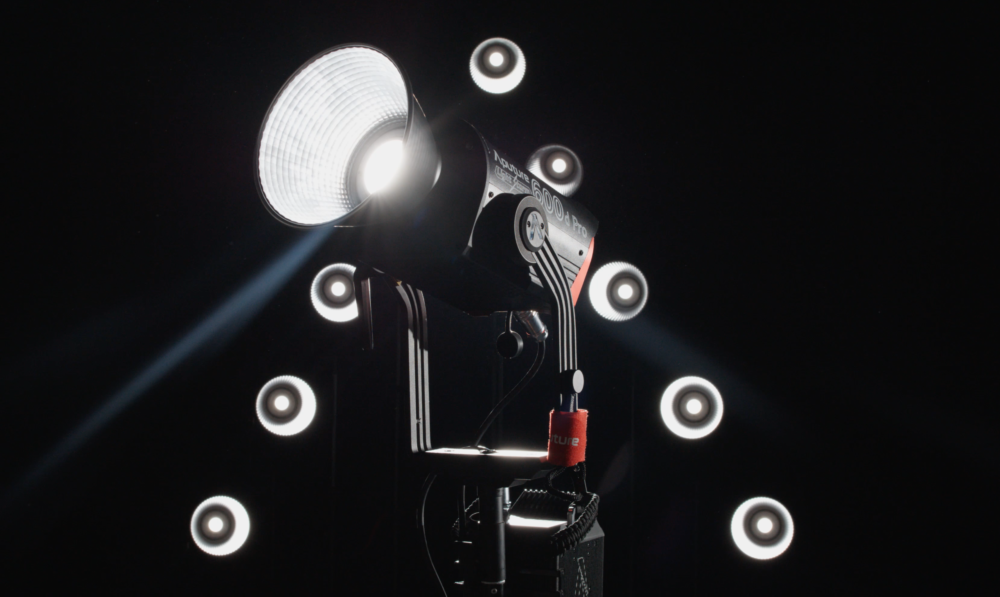
Initially, Aputure specialized in creating small accessories tailored for independent filmmakers. However, their breakthrough came with the introduction of their first range of COB LEDs.
The Light Storm series quickly became the preferred choice for small-scale productions, catapulting Aputure to the forefront of LED lighting technology. Esteemed Directors of Photography such as Greig Fraser rely on Aputure products, evident in their use in blockbuster films like Denis Villeneuve’s “Dune.”
Aputure currently dominates the market for lighting equipment in small to medium-scale productions, with other brands like Nanlite, Godox, Smallrig, Zhiyun, Neewer, and others following suit. Nevertheless, Nanlite is making significant advancements and is not far behind in the competition.
Originally established as a Chinese company, Aputure has expanded into a global enterprise, with its engineering team based in California and manufacturing operations primarily located in China, if I recall correctly.
Nanlite
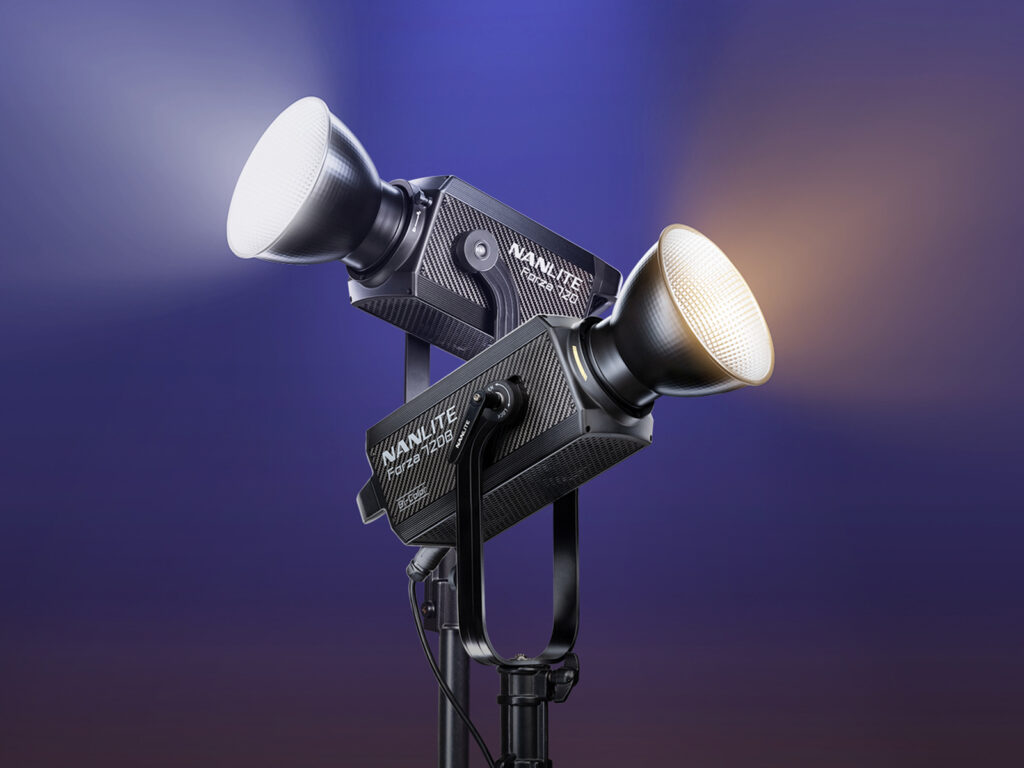
Nanlite is a brand I only became acquainted with a few years ago. Ever since continuous LED lights emerged as a popular choice among videography enthusiasts, Aputure has been ubiquitous. I even own some of their products, like the compact Aputure Amaran AL-H198C.
Nanlite has emerged as a competitor in this market, akin to Godox challenging Profoto. However, unlike Profoto, which is American, Nanlite is a contender diving into the fray.
Nanlite also sponsors one of my favorite filmmakers on YouTube, Jacques Crafford. He serves as somewhat of a role model for me, producing remarkable videos within the realm of small-scale production.
Nanlite, a division of the Nanguang group, has been a longstanding presence in the market, known for their premium brand Nanlux.
What are the differences between the two brands?
Leader and innovator
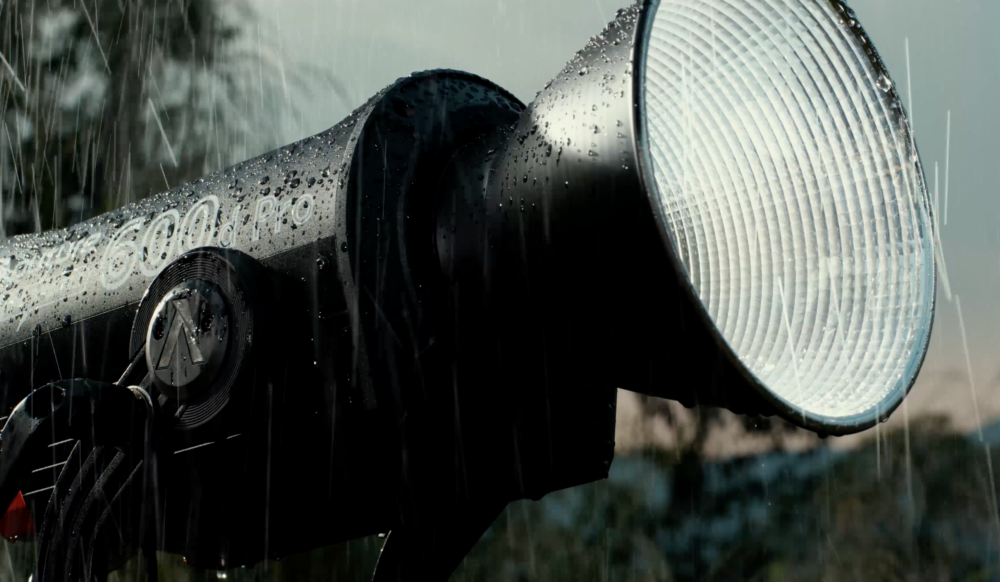
In terms of positioning, Aputure undoubtedly leads as the innovator, boasting a robust team in engineering and design.
Their prowess is such that they are now competing with high-budget productions that were traditionally inclined towards Arri products.
It wouldn’t astonish me if Aputure’s development team is headquartered in California, given the exceptional standards of production, design, and engineering. Overall Aputure products are definitely more polished.
Strong contender listening to the market

Conversely, Nanlite tends to follow, producing products that are comparable to Aputure’s, occasionally boasting better performance, albeit with a simpler design and at a more affordable price point.
Lately, they’ve shifted their focus towards the independent and small production market, offering products like the Evoke 1200B and 2400B, which are both lighter and more affordable.
They also lean towards offering Bi-Color options at a more affordable price point. I believe Nanlite’s profit largely comes from accessories like softboxes, which are priced similarly to Aputure’s but may not include the grid.
Difference between the lineups
Aputure mounts
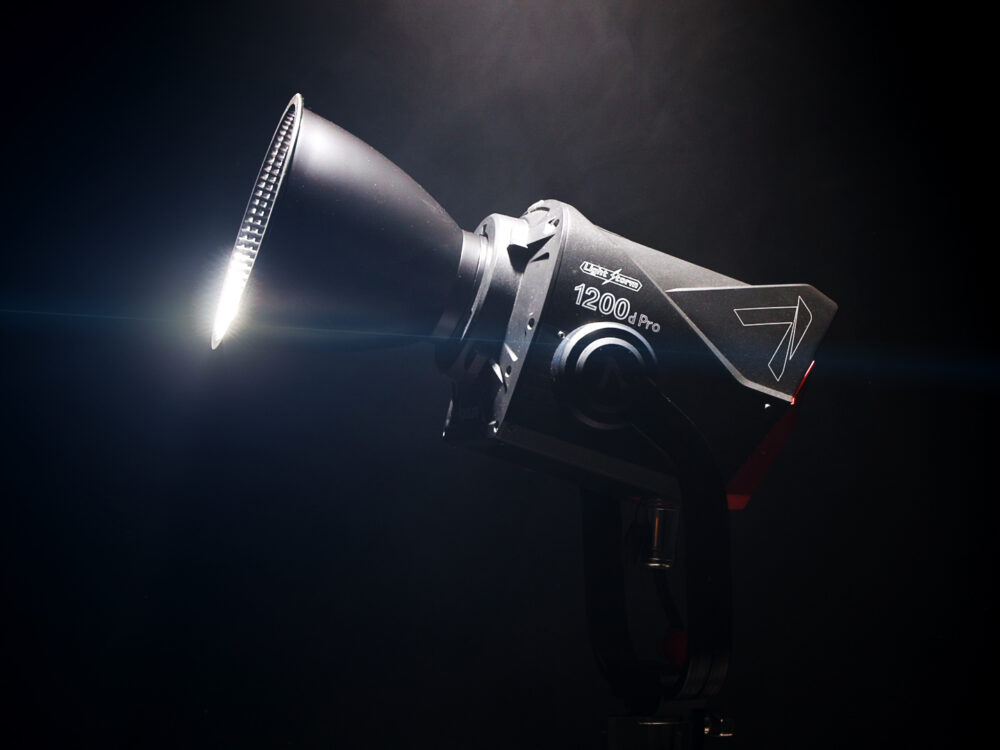
Aputure offers Bowens mount lights ranging from 60 watts to 1200 watts, allowing all these lights to use the same softbox.
However, an issue arises when their various LED lights come with different COB sizes. This means that attachments like Fresnel and Projection lenses are optimized for specific COB families. For instance, the LS 300 Mk II works best with the Fresnel 2X, while the 600D Pro is better suited for the F10 Fresnel.
As for the 1200d, it doesn’t currently have a dedicated Fresnel attachment apart from the F14 Fresnel, which is available for purchase at 2700 euros.
The Electro Storm XT 26, a 2600 watt fixture, is compatible with both the universal Bowens Mount and the all-new electronic Aputure Mount.
Nanlite mounts
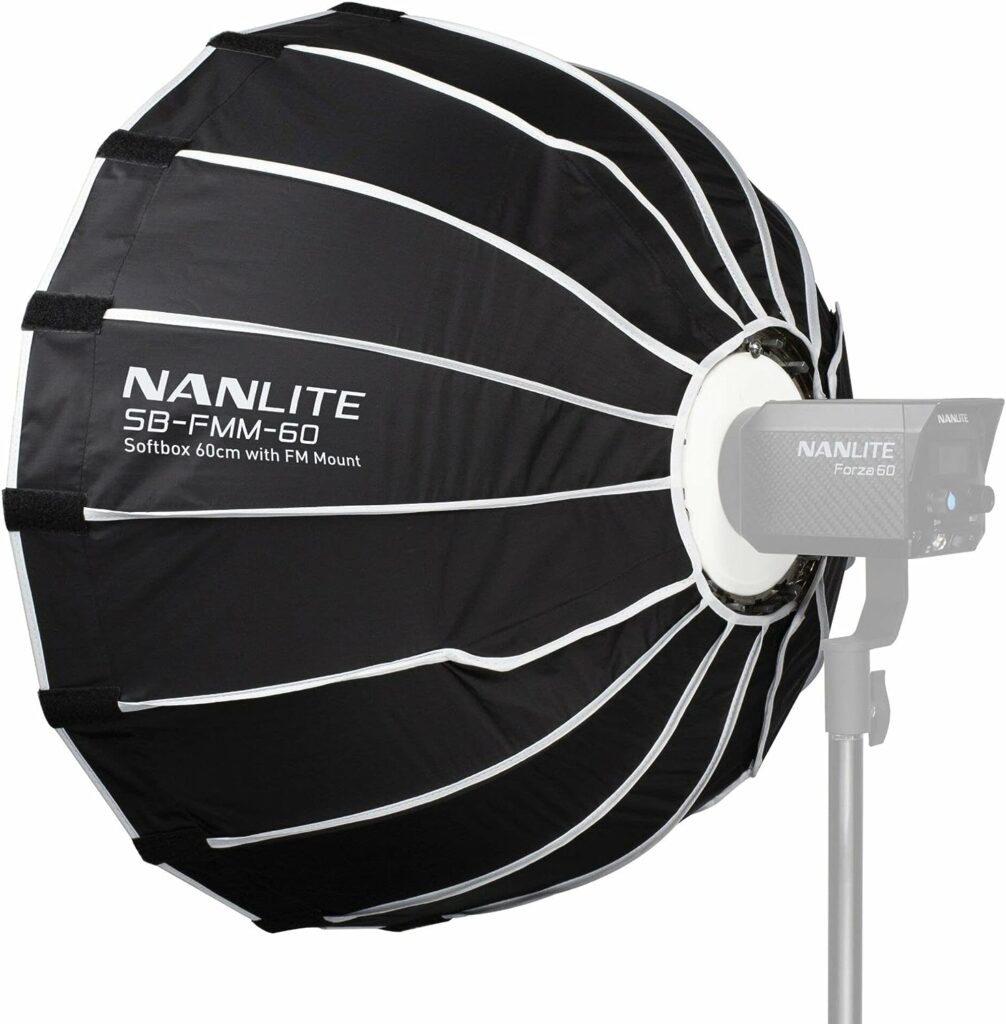
Nanlite, on the other hand, has developed an optimized mount for each power group. For instance, smaller and lighter LEDs like the Forza 60B II or the 150B utilize an FM mount, which is smaller than the Bowens mount.
You can still use a speed ring adapter to mount them on a Bowens mount, and there’s also an adapter available to use Bowens mount accessories with these lights.
All the lights from 200 watts to 720 watts are using a standard Bowens mount while the 1200 watts and above are using a new proprietary mount which is larger.
This choice ensures that accessories are tailored to fit the size of the light and the specific requirements. For instance, mounting a Forza 60B II on a microphone boom stand is effortless, and using it handheld with a 60cm FM Softbox feels comfortable and convenient.
Aputure accessories
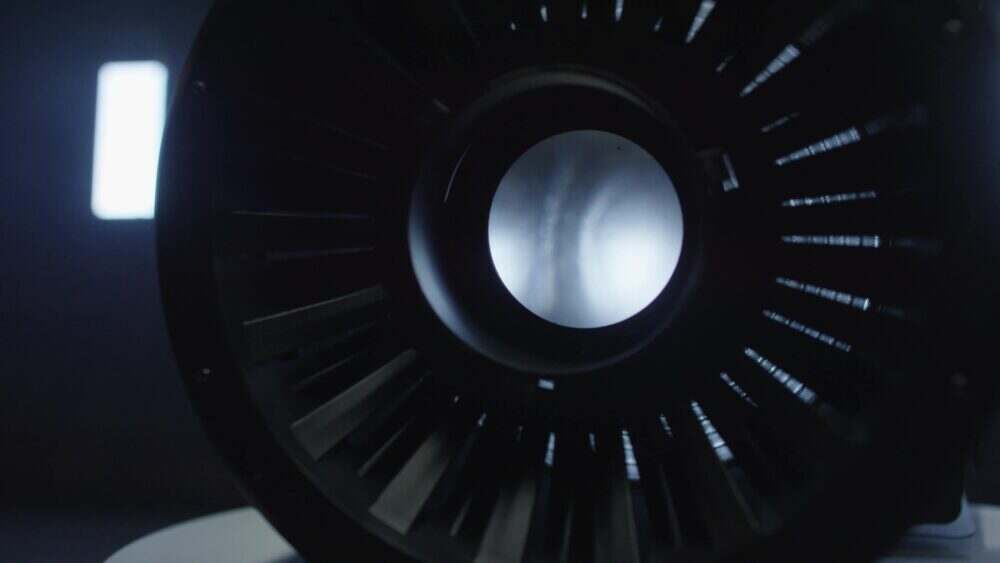
Simply put, Aputure accessories typically exhibit superior design and quality. For instance, comparing their softbox series, the Light Dome III offers numerous advantages over its Nanlite counterpart.
With a higher number of rods (32 vs. 16) and quicker setup time, the Light Dome III also includes an inner baffle and grid at the same price point. Conversely, purchasing the grid separately makes Nanlite’s option even more expensive.
The Fresnel F10 has a dual optic lens design and a slot for half grids. To give you an idea the 600D Pro with the F10 can spot at 15° with a whooping 29,300 lux at 3 meter while the 720 is outputting 24,980 lux with the FL-20G in full spot.
Nanlite accessories
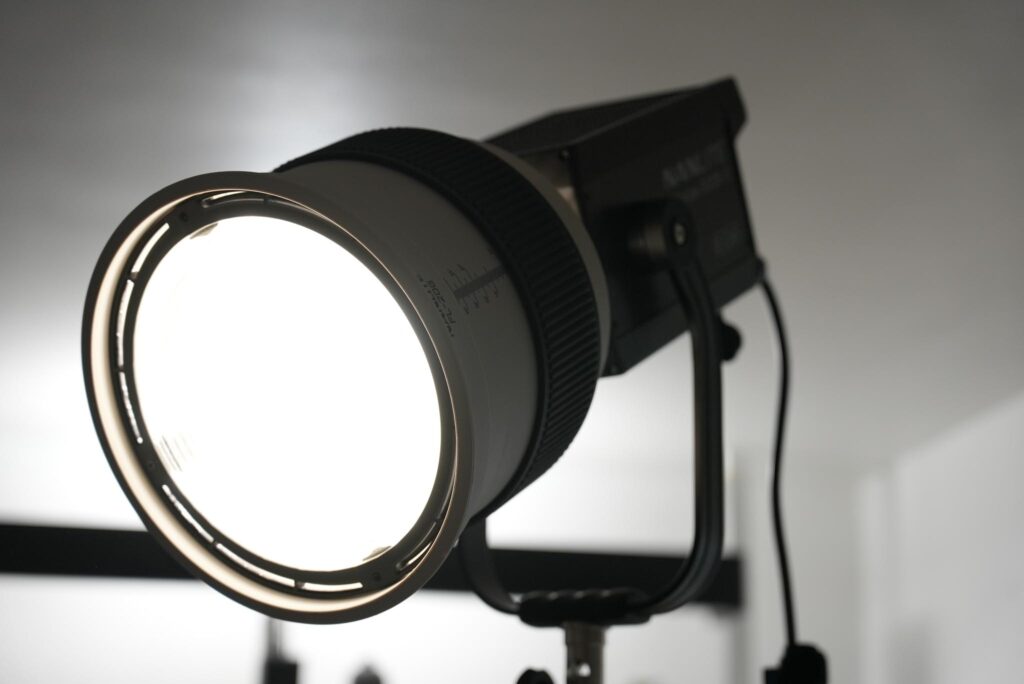
Nanlite accessories excel in their compatibility with other brands. For example, you can effectively use an FL-20G with any other Bowens mount light, yielding satisfactory results.
The Projection attachment follows a similar pattern. Nanlite opts for a conservative approach to light modifiers rather than innovating, which allows for compatibility with a wide range of equipment.
Overall their accessories are well made, but I feel like compared to Aputure, they aren’t as well produced and designed and sometimes cost as much or even more money.
Difference in construction
Aputure lamp head and ballasts
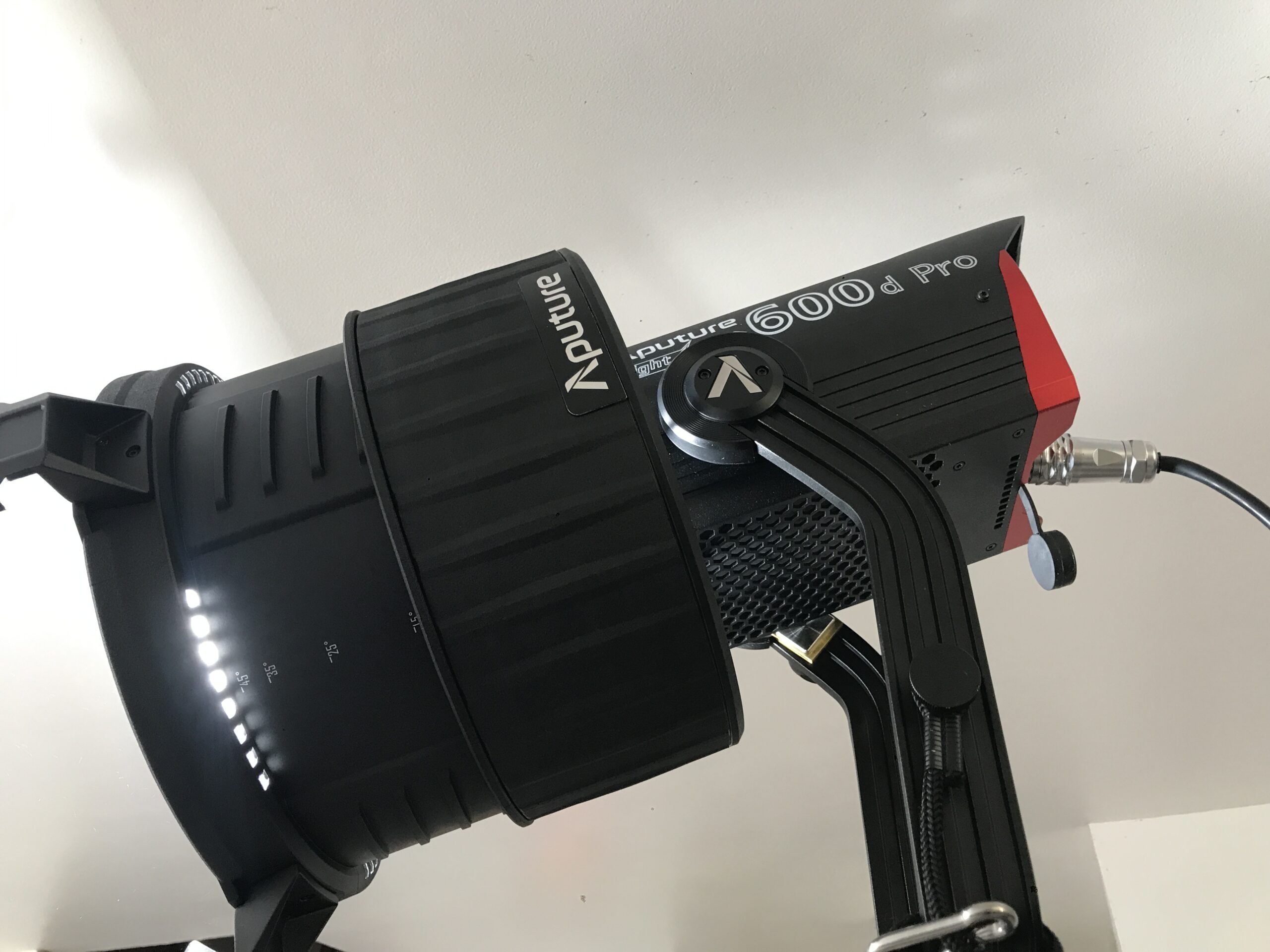
Aputure’s lamp heads and ballasts have been exceptionally well-crafted since the release of the Aputure 600d Pro. Additionally, Aputure has a sub-brand, Amaran, which offers more budget-friendly products made from lighter materials like plastic.
Despite using less sturdy materials, Aputure continues to innovate and test with the Amaran lineup. For instance, the Amaran 200X S is the first light with an ultra-high SSI above 90 for tungsten and 89 for daylight, a technology also featured in the Aputure CS 15.
Nanlite lamp head and ballasts
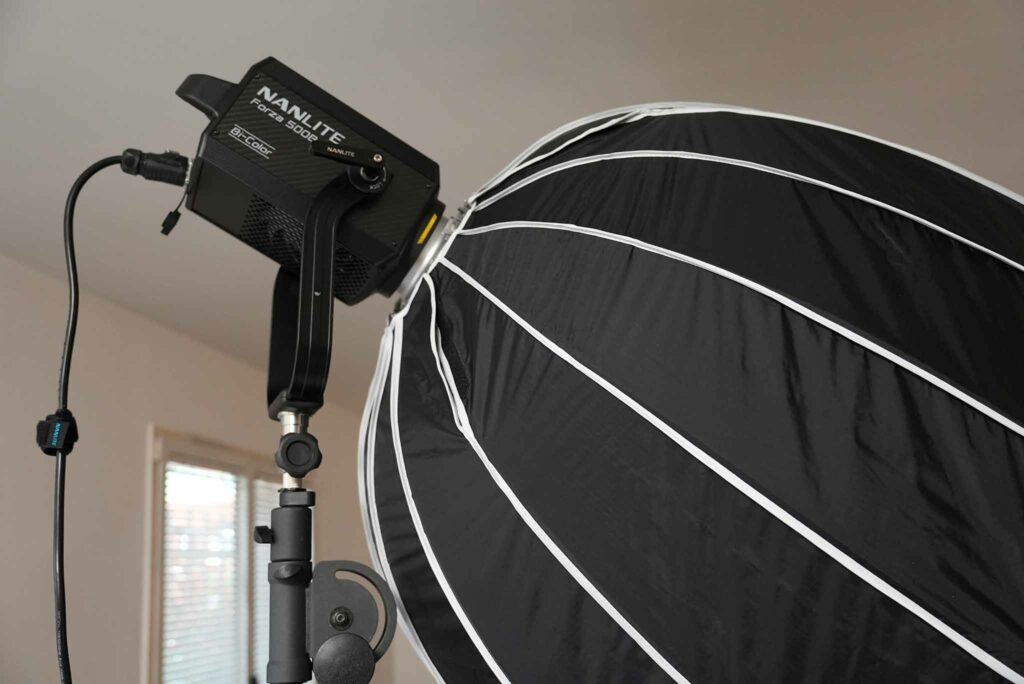
In their early series, Nanlite’s construction quality noticeably lagged behind Aputure’s. For example, the ballast of the Forza 500 mark I and the locking mechanism of the lamp head were notably underwhelming.
However, since their second generation of lights like the Forza 500B II, they have made significant improvements and are now perfectly usable. Nonetheless, I still find that Aputure products are more refined, with features like the locking mechanism utilizing a disk brake system.
Aputure ergonomics and UI
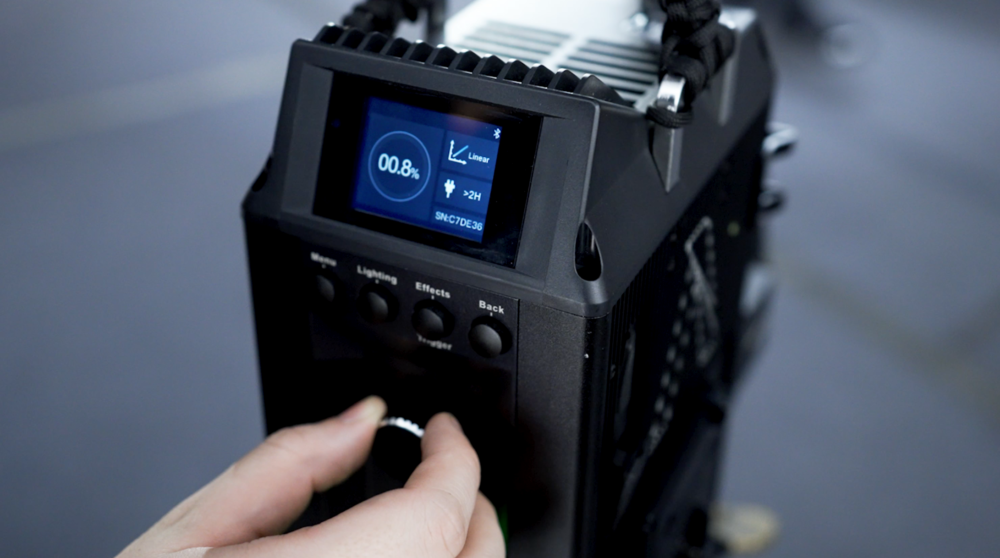
Aputure’s ballasts boast top-tier ergonomics. The ballast of the Aputure Light Storm 600D Pro features icons and animations for user-friendly navigation.
The knob is recessed to prevent damage in case of a fall, and the cable connections follow a logic to prevent the stand from tipping over if the cable is pulled.
I believe Aputure’s attention to detail in their products is unmatched. The finishes are also impeccably crafted.
Nanlite ergonomics and UI
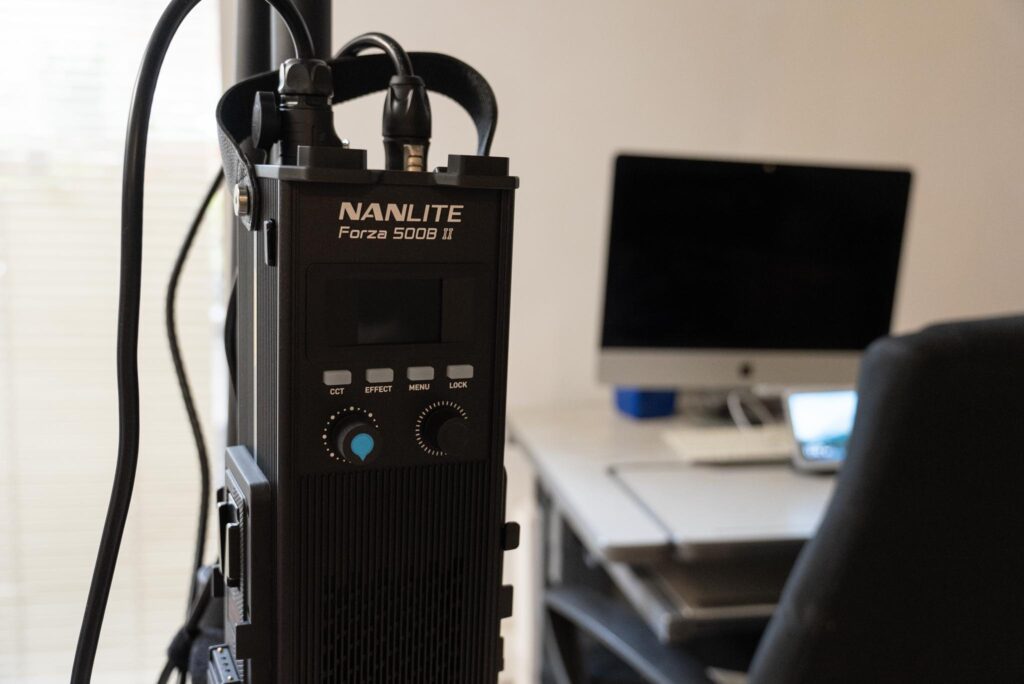
As a contender and formerly a follower, Nanlite draws a lot of inspiration from Aputure. It wouldn’t be surprising if they reverse-engineered Aputure products to save on research costs and produce cheaper alternatives.
Nevertheless, Nanlite’s products today are well-suited for professional use and highly ergonomic. However, it’s noticeable that some of their menus appear generic. For instance, the menu in the 60B II is almost identical to that of cheaper brands like Neewer or Smallrig.
It wouldn’t be surprising if Nanguang, Nanlite’s parent company, is producing lights for other Chinese manufacturers, as the menus look extremely similar.
While this indicates that they are indeed good products, on the other hand, they lack the level of custom design that Aputure offers.
Light quality
Aputure light quality
Aputure’s lighting quality is widely recognized at this point. The fact that they are employed in major Hollywood productions like “Dune” speaks volumes about the excellence of the light they produce.
Their color accuracy metrics are excellent; when evaluated by the eye, they consistently exhibit a rich, warm brownish tone reminiscent of tungsten lighting or paintings, especially when paired with diffusion.
Sometimes, lower metrics may actually result in more visually appealing images if adjusted in the right direction. For instance, Canon Color Science is recognized for its tendency to emphasize reds, yet it still manages to render colors more realistically for the human eye.
Nanlite light quality
Nanlite’s light quality often matches or exceeds Aputure’s in terms of metrics like CRI and SSI.
However, metrics alone don’t capture the full essence. I’ve noticed that Nanlite lights tend to have a distinct look, particularly some of their Bi-Color models which can sometimes exhibit a greenish or cold tint. Only the lights with green and magenta shift capabilities seem to eliminate this characteristic.
In general, I find that Nanlite lights tend to appear more white and more electronic compared to Aputure lights, and they require a bit of adjustment to achieve accurate results.
Experts equipped with a spectrometer or possessing keen eyes and ample experience will achieve similar results with both brands. Moreover, once you diffuse and bounce the light, it becomes nearly indistinguishable from each other.
Dimming
Aputure offers a wider range of dimming curve options. However, since I don’t utilize DMX or control lights in this way, these options are irrelevant to me.
What does matter to me is that Nanlite lights appear to dim more effectively at low output levels, even if the color accuracy below 1% isn’t as precise. This feature is still valuable for those who desire greater granularity in their output.
The mobile application
Sidus Link
In the industry, Sidus Link is widely regarded as one of the best apps for scene creation and light control.
Nanlink
The Nanlink app was highly functional and recently received an update to version 2, making it just as powerful as the Sidus Link app.
Compared to other brands
Godox
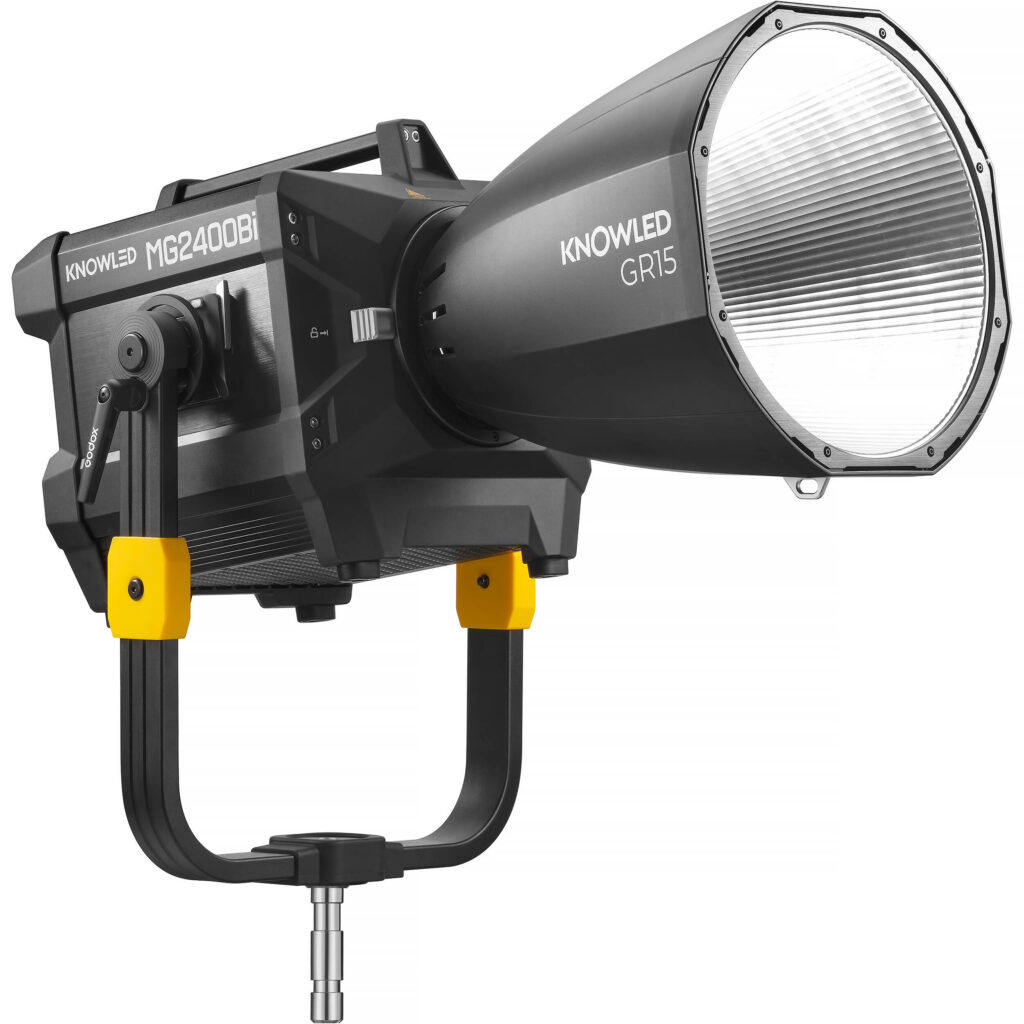
Godox emerged as an affordable alternative to Profoto in the realm of strobes, and their AD600 Pro proved to be a remarkably versatile product.
In the LED market, Godox gained popularity among YouTubers with their SL-60W model. Now, with their expertise, they are becoming increasingly competitive and are manufacturing some of the most durable lights available. For instance, the MG2400BI is built like a tank, perhaps even overbuild and heavy.
I wouldn’t shy away from buying one of their light, they are definitely a brand that can be trusted when it comes to lights.
Zhiyun
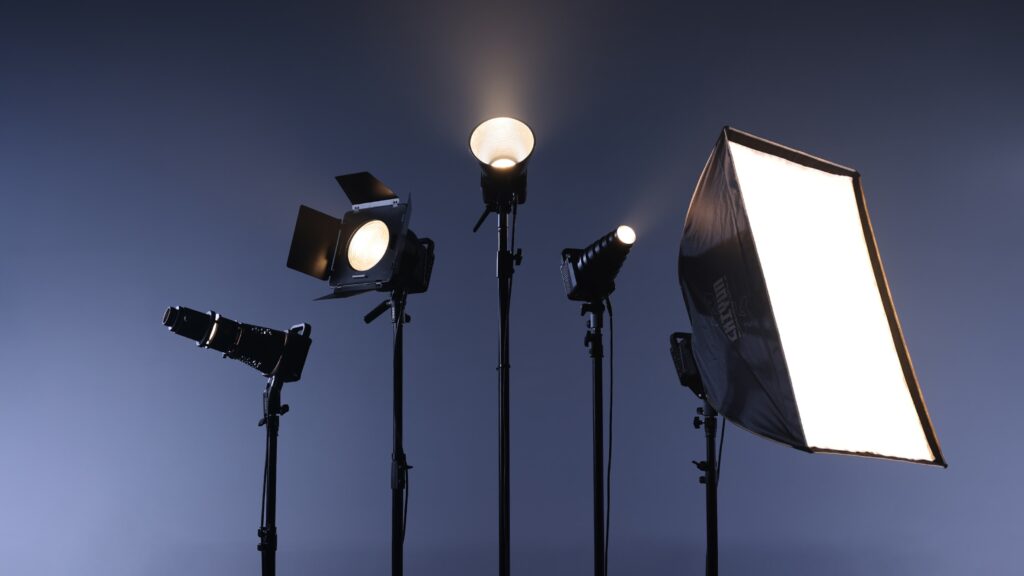
Zhiyun, originally known for their gimbals, has now entered the LED market with their Molus series, prioritizing portability above all else.
Their 300-watt lights are as compact as their 200-watt counterparts. However, a drawback of this design is that due to their small size, they lack a large radiator to dissipate heat, resulting in large fans that produce considerable noise.
Furthermore, their small size makes it challenging to balance large modifiers, and these lights are not suitable for placement on combo or baby stands.
Smallrig
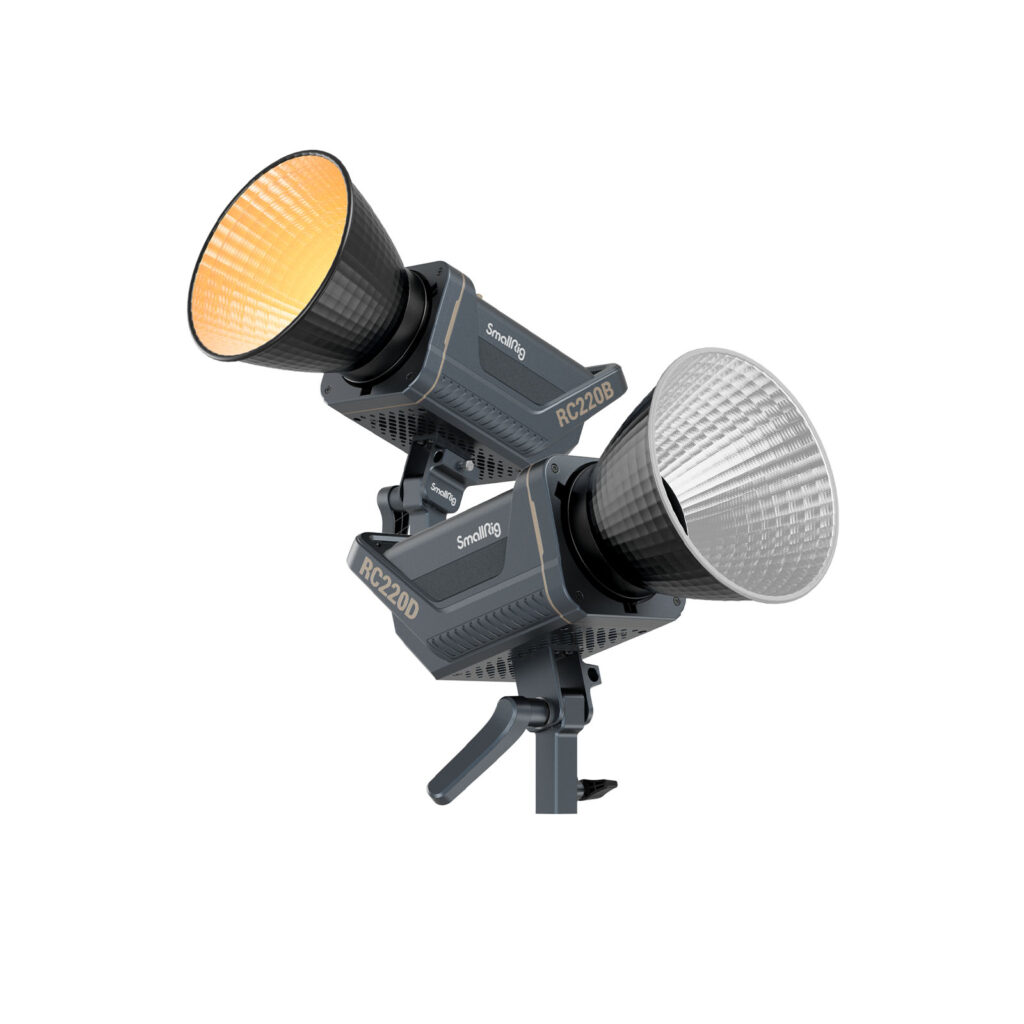
Initially, Smallrig specialized in producing cages and other camera support accessories. Now, they are venturing into the budget LED light market.
Catering to the prosumer market, Smallrig lights are primarily competitors to Amaran rather than Aputure. While their lights perform adequately, when I see their softboxes with the rods protruding, I can’t foresee them becoming serious contenders in the light modifier arena.
You might find it necessary to supplement them with modifiers from other brands such as Nanlite.
iFootage Anglerfish
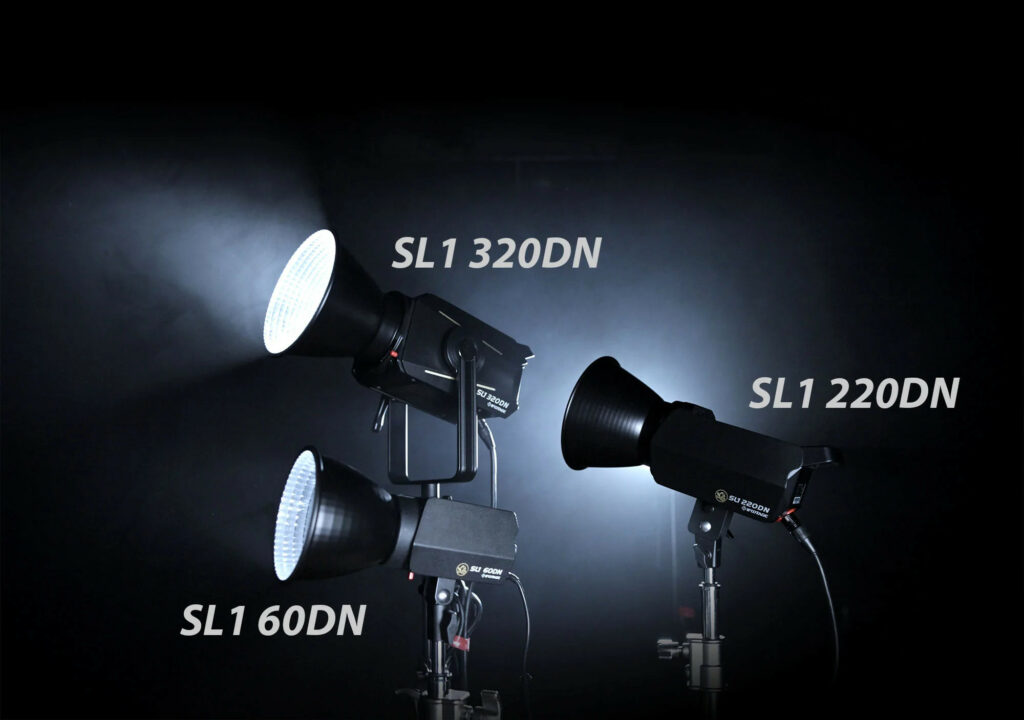
iFootage, originally known for manufacturing tripods and sliders, has now expanded into the lucrative LED market with their Anglerfish lineup.
These lights are notable for their impressive build quality; for instance, they utilize disk brakes and boast higher SSI values compared to both Nanlite and Aputure.
Regrettably, as budget lights, some of their models lack V-mount battery solutions, rendering them less practical for on-location use.
Colbor
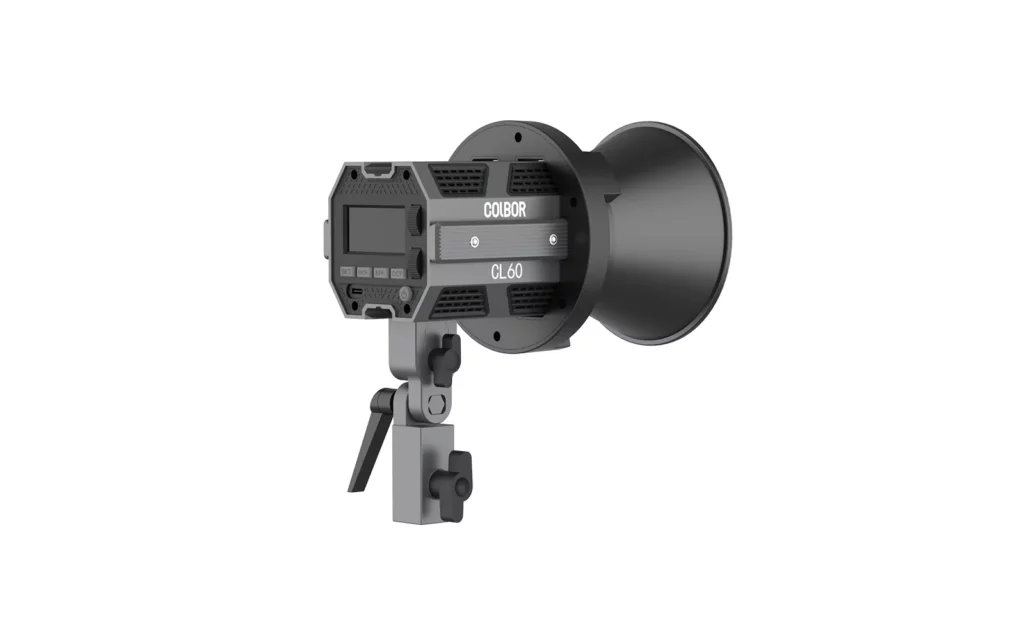
Colbor is a brand unfamiliar to me. Nevertheless, their focus on LED lights is promising, particularly for those seeking budget-friendly options, with their most powerful light reaching 330 watts.
If you’re truly committed to enhancing your production, it might be wise to invest in a brand with a recognized high-end offering that you trust.
Conclusion
If you’re considering investing in LED lighting gear, I would suggest focusing on these two brands: Aputure and Nanlite. In my view, they are the most reputable options for both professionals and semi-professionals.
Each brand has its strengths and weaknesses. If you prioritize value for money, Nanlite is the way to go. However, if you prioritize polished products and innovations, Aputure is the better choice.
Personally, I possess both brands in my collection, and I must admit they complement each other admirably although I would definitely choose Aputure accessories for the same price.
Informations
Aputure official website : https://www.aputure.com
Nanlite official website : https://www.nanlite.com
Our video production company : https://www.neonnight.fr/en/


GIPHY App Key not set. Please check settings